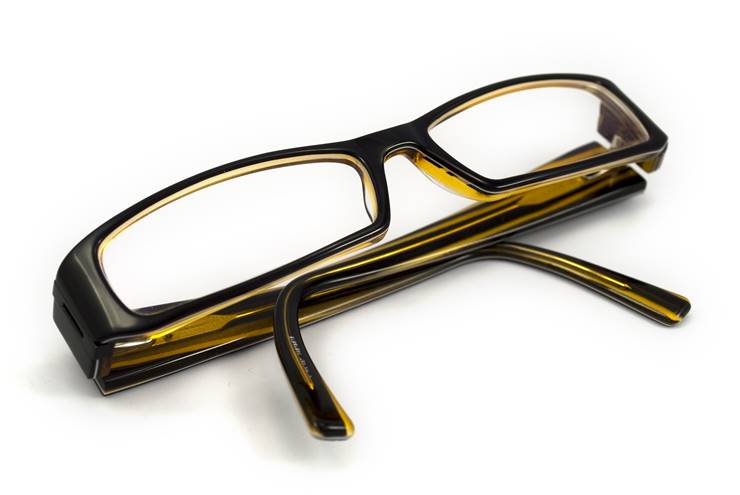How Glasses are Made?
The magnifying glass, invented in the early 1200s, was the first optical lens used to assist people with poor or declining vision. They were made from a transparent quartz and beryl lens.
Following this invention, Alessandro di Spina made eyewear available to the general populace. Quartz and beryl lenses were replaced by glass lenses because of the increasing demand for eyeglasses. The convex lens was the first optical lens used in glasses to correct farsightedness, then other corrective lenses are developed, including the concave lens used to aid the correction of near-sightedness, and more complex lenses used for the correction of astigmatism. In 1784 Benjamin Franklin invented bifocal lens useful in vision correcting.
More than 80 percent of all eyeglasses worn today are most often made of plastic lenses. Prior to the invention of plastic lenses in 1950s, the glass lenses remained dominant. The plastic lens rapidly became very popular because they were lighter, less prone to breakage and more comfortable choice for those who wear eye glasses.

Today, the manufacture of plastic eyeglass lenses far exceeds the manufacture of glass lenses, but the process of manufacture both plastic and glasses lenses has remained much the same.
The exact method for making eye glasses involves a very precise, very detailed system of phases. After determination that eye glasses should be prescribed a patient's eyes that are previously tested, a technician then has to figure out the patient's necessary prescription strength by using a special computer that prints the exact specifications for how to make the prescribed lens for the patient's eye glasses.
After that the technician compare a pair of plastic blanks until an appropriate one is found for the patient's prescription and put the remaining prescription strength needed into the blanks at the back of the lens. Once the proper lens blank is selected, it is mounted to a wax or lead alloy carrier block and is inserted into a lenses lathe. Using computer settings dictated by your doctor's prescription, the technician creates very precise curvatures and the desired thickness.
Next is the blocking process, i.e. location of the optical center of the eye glasses and achievement of the optical strength that the eye glasses need. In this phase the lens is shaped or beveled, and polished to perfection. The technician now uses fining machine to polish the back side of the lens.
Cutting the lenses down to size is the next step which is done in most labs today with a computerized lens edger.
''Featherweight'', a very lightweight polycarbonate, is the most durable, the most popular, and the most expensive type of plastic used in glasses production.
